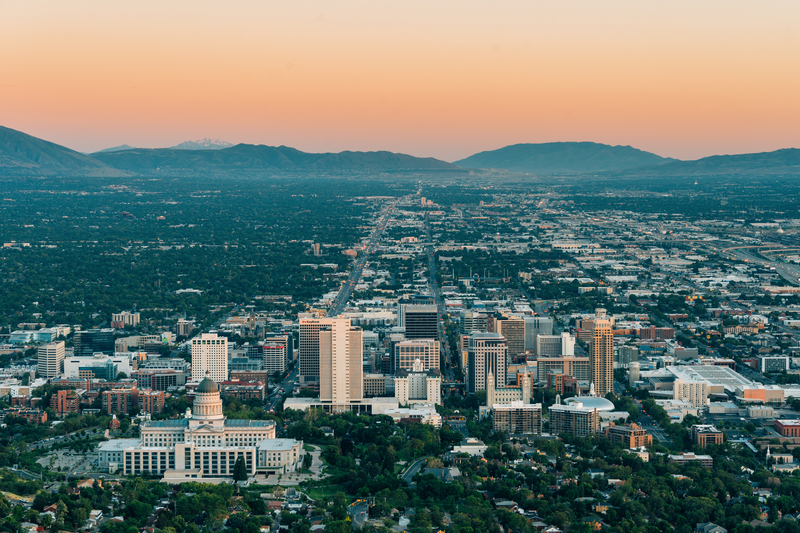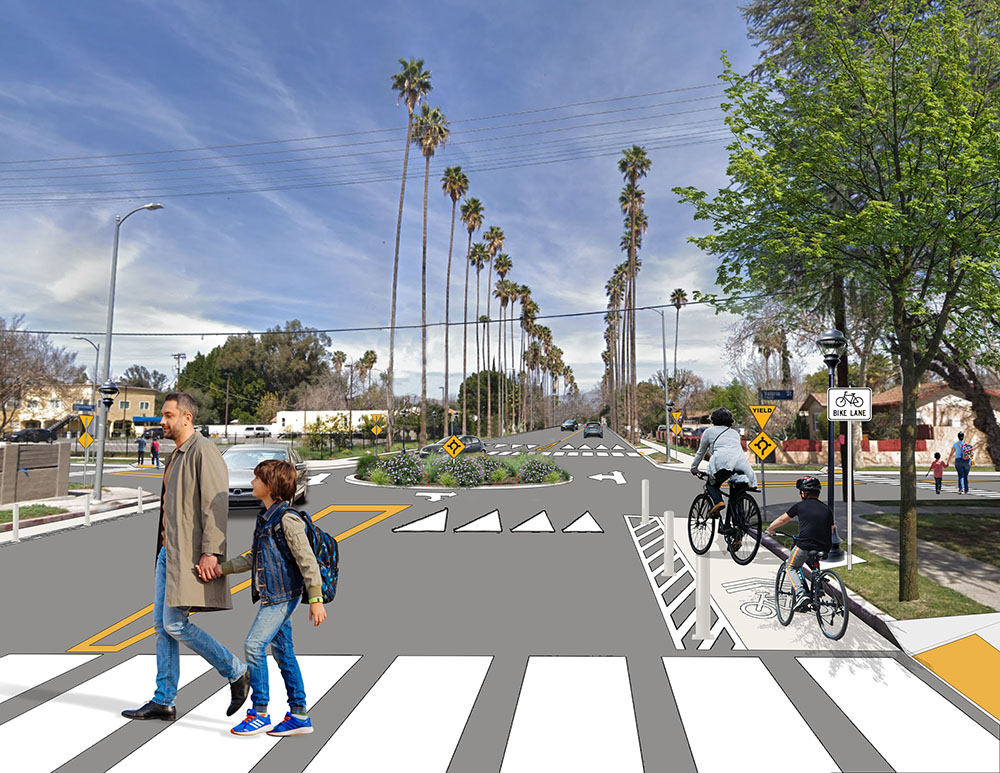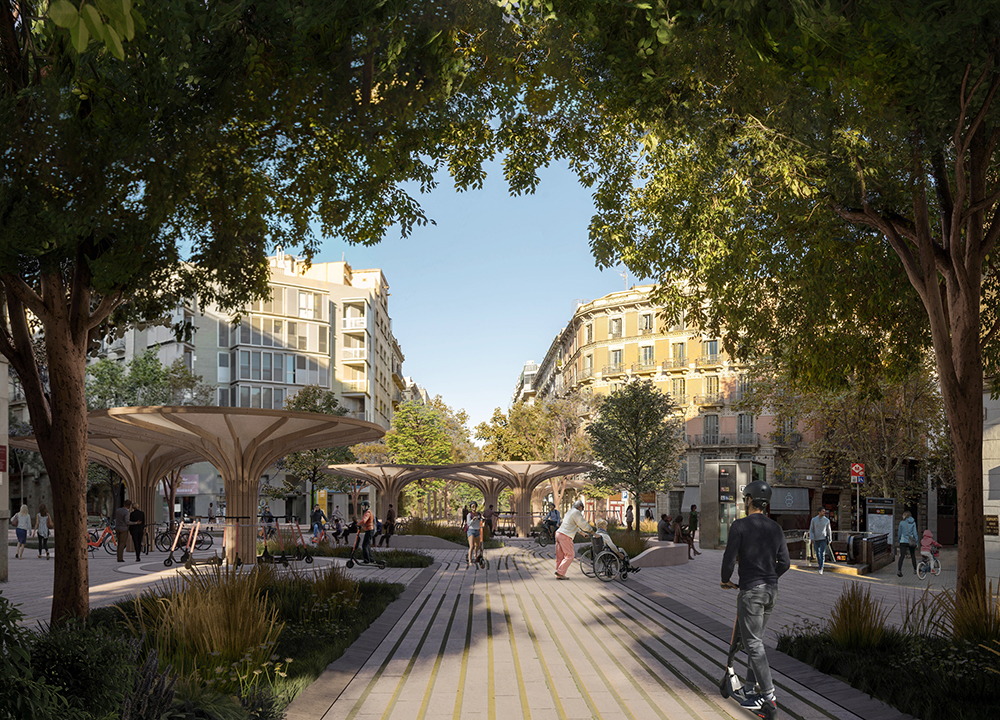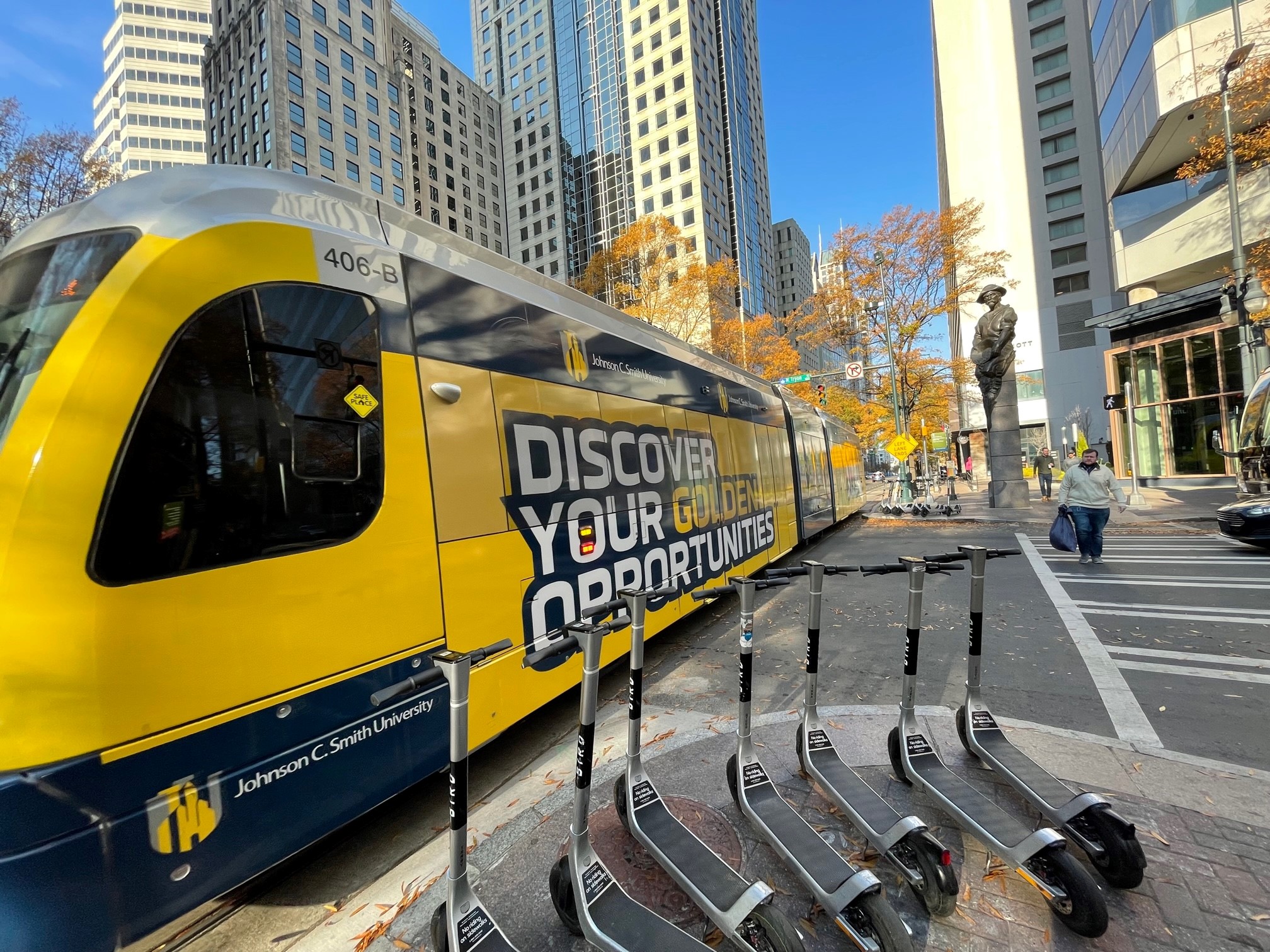
Salt Lake City is looking to enhance its first-/last-mile connections to public transit as part of an overhaul of the city's transport policy.
Last year, the Salt Lake City Transportation Division launched Connect SLC, a process to update its last Transportation Master Plan (TMP) from 1996.
It is now consulting residents on what they want to see, and highlights the importance of increasing the number of options such as bike share at train or bus stations, and of making streets and bicycle networks near transit stations "accessible, inviting and safe".
"We recognise that transportation has a direct impact on equity and quality of life, ranging from housing, to economic development, to air quality, and more," the document states.
"Connect SLC will consider our sidewalks and streets holistically. We seek to use our streets not just as a means for person and vehicle mobility, but also as our shared living space."
Equity is another key issue, with Connect SLC specifically mentioning the need "to learn about past and current transportation barriers and opportunities to improve connections and the streetscape in the city".
Historic practices such as 'redlining' - where poor residents in the 1930s were denied financial resources because they lived in 'risky' red zones - remain damaging: "Neighbourhoods that were historically redlined remain vulnerable to economic instability and disinvestment to this day."
In Salt Lake City, this includes most Westside neighbourhoods, Connect SLC says, which means there are plans for better connectivity to and from the area, including pedestrian and bicycle access and transit.
Read the full document here











